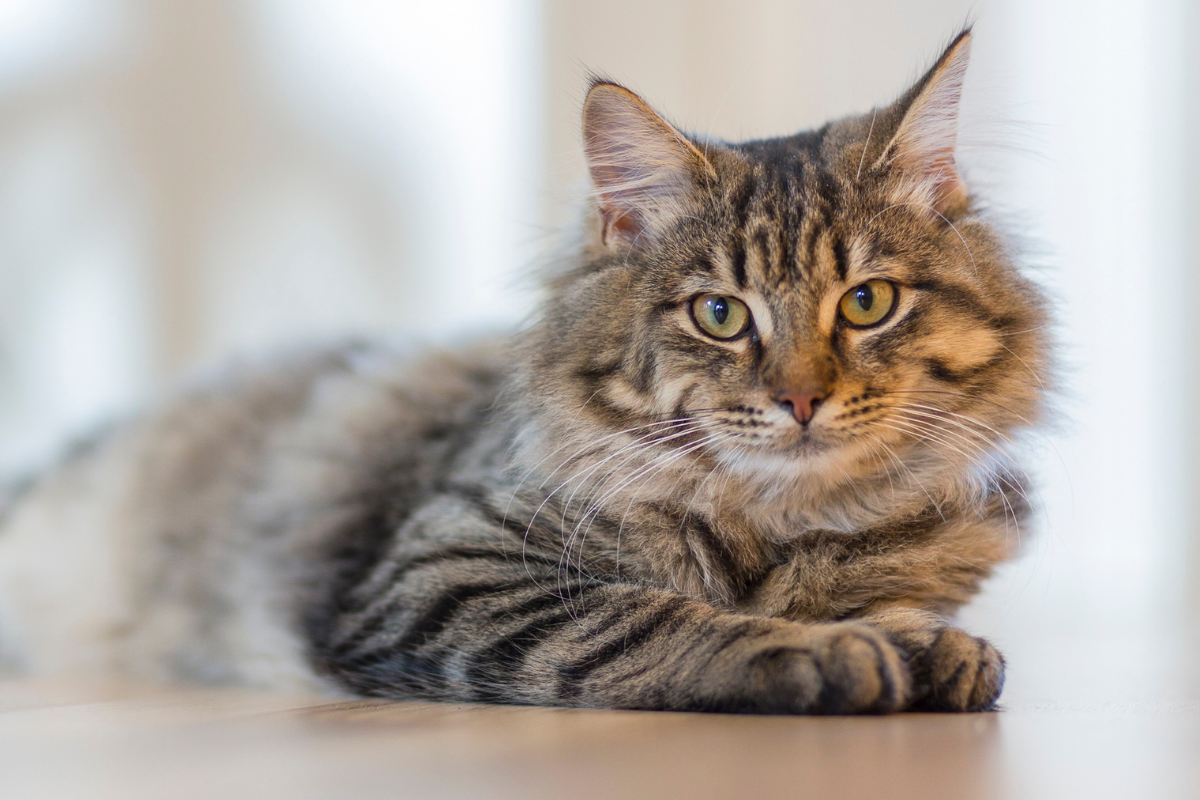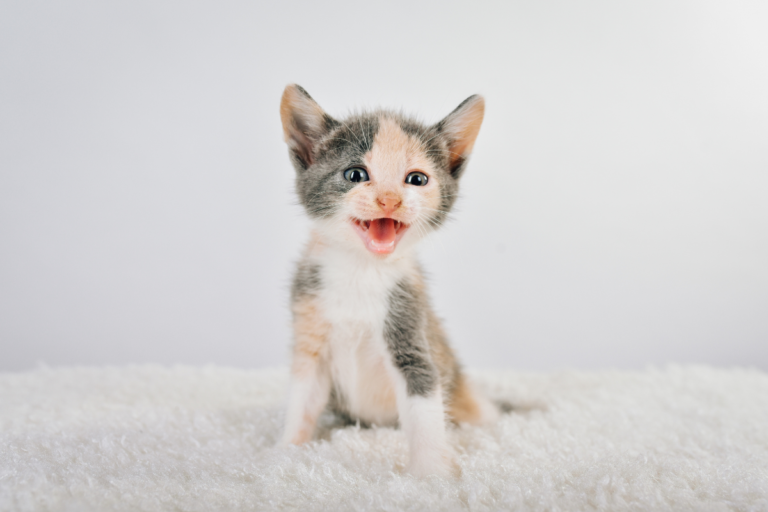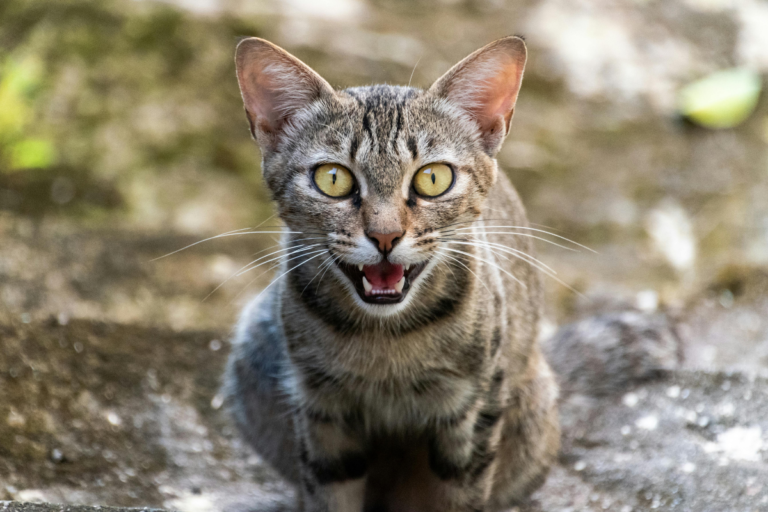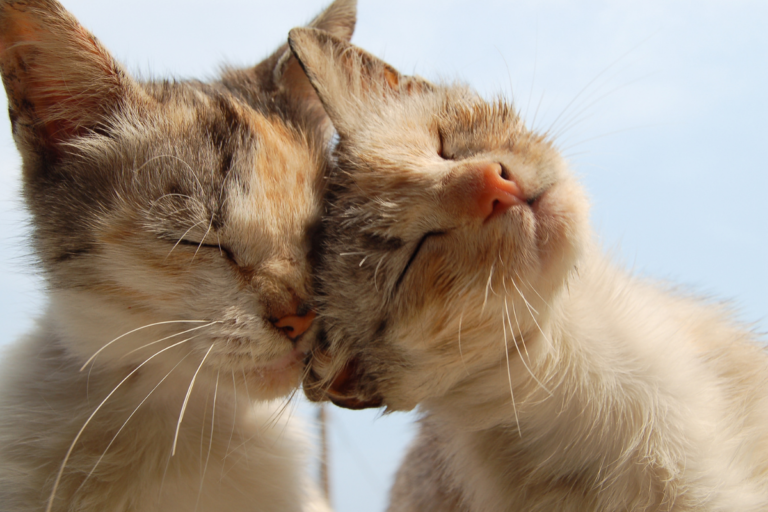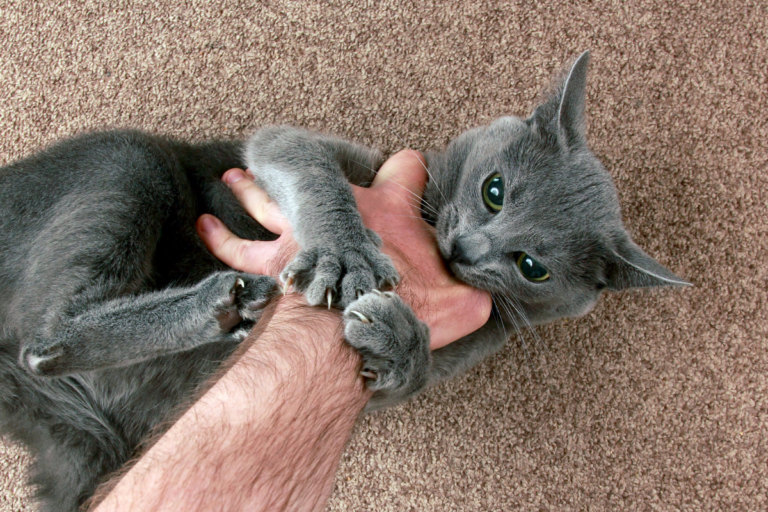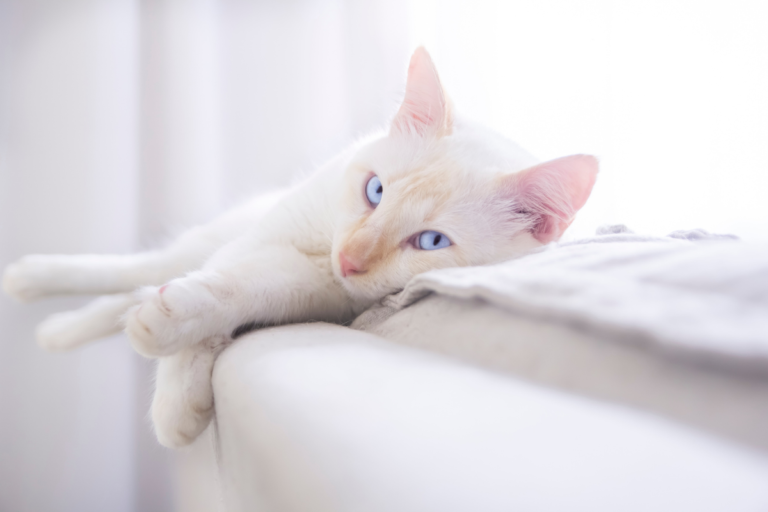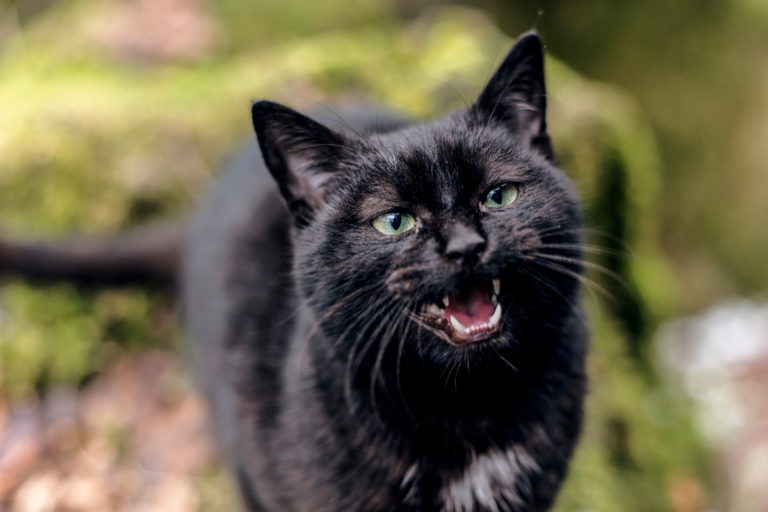Unlocking the Tabby Mysteries: Demystifying Cat Behavior
Understanding Tabby Cat Behavior
Getting a grip on tabby cat antics can help piece together why our kitty pals act the way they do. Let’s jump into what makes their personalities tick and how they like to hang out.
Personality Traits of Tabby Cats
Tabby cats aren’t just easy on the eyes, they’re also packed with charming quirks. According to Basepaws, these cats are a mixed bag of delightful traits, like:
- Playfulness: They’re all about the action, chasing, leaping, and snatching up toys like pros.
- Curiosity: Got a new box or gadget? They’ll be right there, poking their noses in.
- Socialization: Tabbies enjoy kicking it with their humans and sometimes even with other furballs.
- Affection: Snuggle alert! These kitties love showering you with cuddles and soaking up your love.
- Vocal Communication: Talkative much? With their array of meows, chirps, and trills, they’ve got a lot to say (Catster).
- Intelligence: Smarties of the cat world, tabbies can pick up a trick or two when they’re in the mood.
| Trait | Description |
|---|---|
| Playfulness | Loves a good romp, chasing, and catching toys |
| Curiosity | Always up for exploring the new stuff |
| Socialization | Happy in the company of humans and other pets |
| Affection | Cuddle enthusiasts always looking for pets |
| Vocal Communication | Communicates feelings through an orchestra of sounds |
| Intelligence | Quick learners, capable of picking up tricks and commands |
For more tips on handling their chatty nature, check out our cats meowing section.
Social Behavior of Tabby Cats
Tabbies have got the social part of “social animal” nailed. They’re not just about cute antics; they crave a lot of face time with their humans. Based on Catster, here’s the scoop:
- Attention-Seeking: Expect them to meow you out of a daydream if they want playtime or a good snuggle.
- Interactive Play: Laser pointers, feather toys, puzzle feeders—they revel in the challenge.
- Communication: Their vocalizations aren’t just background noise; they’re pouring out their heart. Understanding these can smooth things out.
- Affectionate Bouts: Get ready for tails underfoot or a warm blob in your lap—they love tagging along.
- Adaptability: Whether you’re an apartment dweller or a countryside king, these cats flex easily to fit in, as long as they’ve got love and a bit of fun (PetScreening).
To keep your tabby happy, aim for a good diet, plenty of play, regular grooming, and a cozy nook to call home. Our guide on scratching will help save your beloved couch from their claws of fury.
By tuning into their quirks and habits, you’re on your way to forming a tighter bond with your tabby, making life peachy for the both of you. For more bits on managing noisy nights, swing by our cats meowing section. And if your fur buddy’s got a bit of a grumpy streak, our take on cat aggression might help sort things out.
Training and Socialization Tips
Teaching and amusing your tabby can be a game-changer. Let’s get real about litter training and keeping that furry bundle of energy entertained.
Litter Training for Tabby Cats
Litter training is the ticket to maintaining peace at home. Lucky for you, tabby furballs are pretty smart. With a bit of patience, they’ll figure out the litter box jazz. Here’s how you can ace it:
- Pick the Prime Spot: Put the litter box where your cat can have some “me time.” Steer clear of busy areas – nobody likes an audience, right?
- Sniff Around for the Best Litter: Cats can be fussy about litter texture and smell. Play around with options until you find the one that makes your tabby purr.
- Keep It Tidy: A clean box is non-negotiable. Scoop it daily and change the litter fresh once a week, unless you want a stink eye from your cat.
- Shower Them with Love: Whenever they nail the litter box routine, drop a treat or some sweet praise. Everyone loves a bit of “good kitty!”
Got a tabby who’s still gonna pee outside the box? Dive into our cat psychology guide for some secret tricks.
Encouraging Play and Exercise
Tabbies are like the Energizer Bunny – they just keep going and going. (Basepaws give a solid nod to their curious antics.) Stave off trouble and loud complaints by keeping them active with these tips:
- Get Them Chasing: Think feather toys or laser beams. They’re like catnip for your tabby, turning them into little hunters.
- Make Time for Fun: Set aside some playtime every day. This routine helps burn that cat energy and tightens your bond.
- Shuffle Their Toys: Surprise your tabby with different toys now and then. Puzzle toys make ’em think and keep ’em busy.
- Climbing Adventures: Cats dig high places. Invest in some cat trees or wall shelves for those mountaineering moments.
- Taste of the Outside: If you can, give them short supervised outdoor trips in a secure area like a catio.
By engaging them in these activities, you’ll keep your tabby chilled out and less likely to mark territories out of boredom. Score more pointers on cat behavior and the mysterious workings of their minds on cat psychology.
Common Behavioral Issues
Tabby cats, with their friendly vibes and groovy stripes, can sometimes get themselves into a bit of a pickle with their behavior. Let’s dive into how you can tackle aggression and those oddly charming, yet sometimes ear-splitting, meows from your tabby.
Dealing with Aggression
When your tabby’s got a bit of an attitude, it’s first things first—figure out what’s really bugging them.
Types of Aggression:
- Territorial Aggression: Fluffy might get feisty if someone trespasses on their turf.
- Play Aggression: Sometimes their ‘play’ feels more like WWF wrestling—ouch!
- Fear Aggression: When they’re cornered and feel like they’re starring in a horror movie.
Steps to Manage Aggression:
- Recognize Triggers: See what’s setting them off—like when your cousin Paul visits.
- Provide Chill Zones: Set up a comfy spot where they can escape to when things get too much.
- Positive Reinforcement: Hand out a treat or head scratch when they’re being a good kitty.
- Keep It Friendly: Ditch the time-outs, they only rattle them more.
Addressing Excessive Meowing
Those chatty tabbies have their reasons for the non-stop chatter. Time to play detective and get to the bottom of it.
Common Reasons for Excessive Meowing:
- Attention-Seeking: Like a stand-up comedian, they crave an audience.
- Hunger: A rumbling tummy makes for a noisy kitty.
- Boredom: Nothing to do = a soap opera’s worth of meows.
Tips to Reduce Excessive Meowing:
- Interactive Play: Bust out the string toys and go full-on Tom and Jerry.
- Feeding Schedule: Regular meal times can quiet those hunger protests.
- Quality Time: Hang out, chat, and give them the love they’re meowing for.
- Health Check: Still yammering away? A vet visit might be in order—just to be sure.
For more strategies on helping your furry friend, check out our notes on nighttime meowing and persistent chatter. Being the tabby whisperer involves tuning into their behavior and lending a hand when they need it.
Health and Wellbeing
Keeping my tabby cat healthy and happy is top of the list for me. With their playful antics and heart-melting purrs, they deserve the best. I focus mainly on two things: food and vet care.
Proper Nutrition for Tabby Cats
Cats, especially tabbies, do best on top-notch protein-packed meals. I keep their water bowl filled and toss them the occasional treat. Forget about giving them cow’s milk though; it’s not their thing. Here’s why getting their diet right matters:
- Protein: Helps them grow, keep those muscles strong, and burst with energy.
- Fats: Fuels them up and keeps their coat shiny and skin healthy.
- Vitamins and Minerals: Keeps everything running smoothly and boosts their immune system.
Choose their meals wisely, considering their age, weight, and energy levels. Below is basically what a tabby cat needs to chow down on:
| Nutrient | Daily Need |
|---|---|
| Protein | 35 – 45 grams |
| Fats | 15 – 20 grams |
| Carbs | 5 – 10 grams |
| Water | Fresh galore! |
Wanna know more? Check out proper nutrition for tabby cats.
Veterinary Care and Regular Check-ups
Trips to the vet are a big deal for your tabby’s health. Regular visits can catch any trouble early and help keep them in top shape. Here’s how I roll with check-ups:
- Kittens: My baby tabbies go every 3-4 weeks until they hit 16 weeks.
- Healthy Adults: Once a year does the trick.
- Senior Cats: Twice a year or as per the advice from the vet.
What to expect during these visits:
- Vaccinations: Keeping those shots up to date.
- Dental Check: Gotta keep those teeth sparkly and healthy.
- Parasite Control: Bye-bye fleas, ticks, and worms.
- Blood Check: A must for the older furballs to keep kidneys and liver in check.
Here’s what I keep an eye on during the vet visits:
| Check-up Part | How Often |
|---|---|
| Health Exam | Once a year |
| Dental Check | Once a year |
| Getting Those Shots | Once a year |
| Pest Control (Fleas, Ticks) | Whenever needed |
| Blood Tests | Annual for seniors |
Want to dig deeper into this topic? Hop over to our section on veterinary care and regular check-ups.
These steps will keep your tabby not just surviving but thriving. If your furball starts acting odd like non-stop meowing or showing aggression, don’t wait to give your vet a shout.
